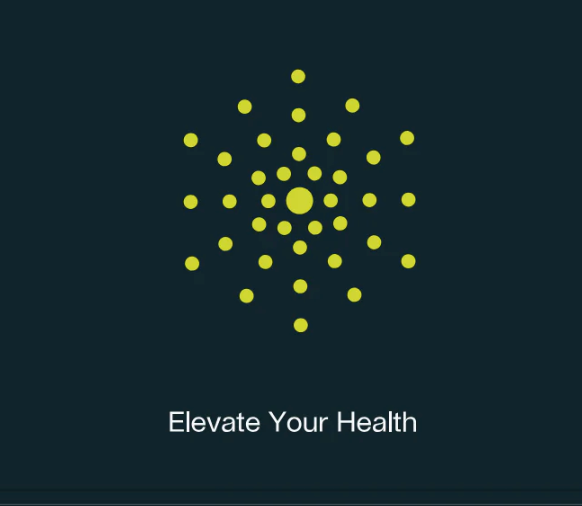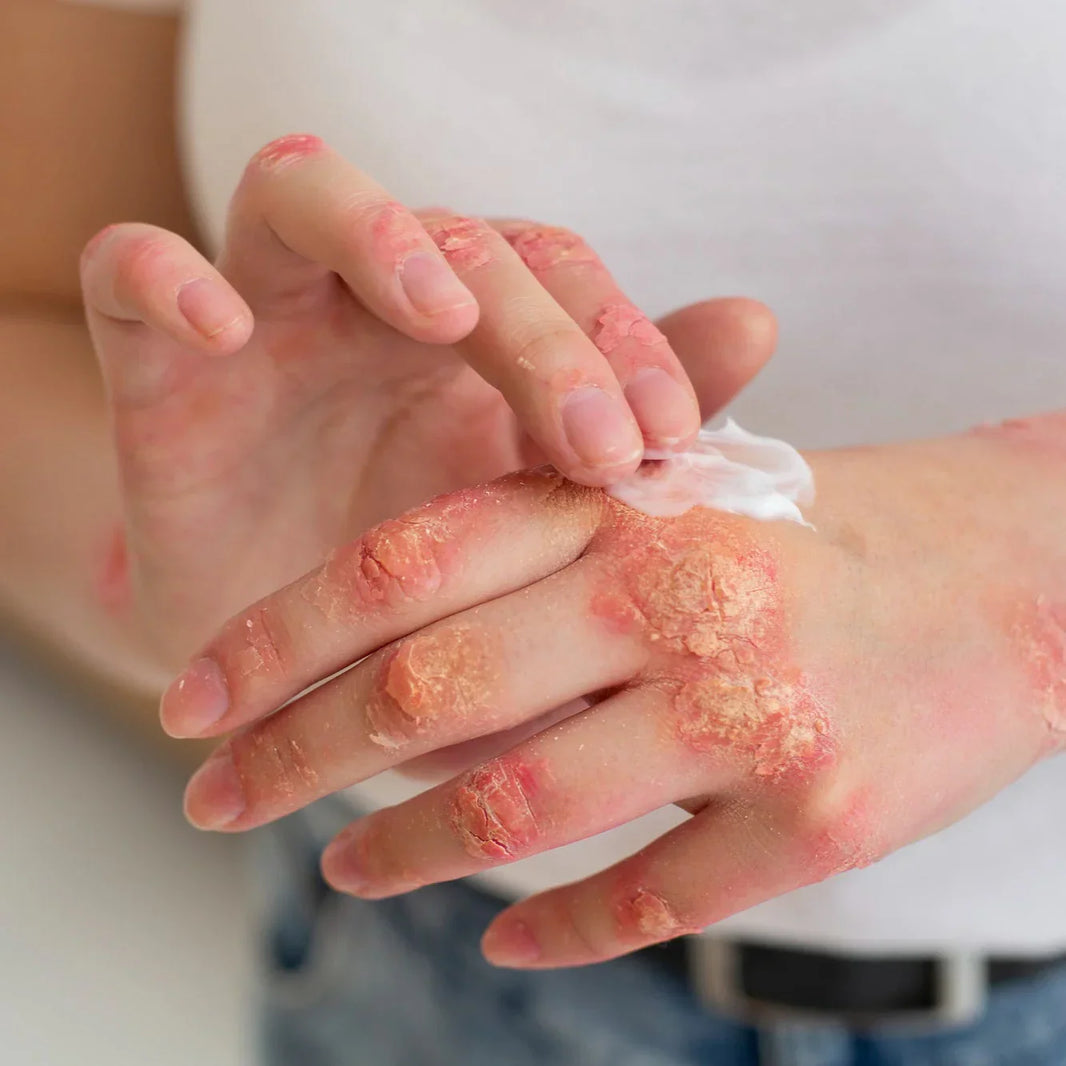Female fertility is a complex physiological process dependent on intricate molecular mechanisms, hormonal signaling, and cellular functions. Understanding these underlying processes is crucial for developing effective fertility support strategies. This report examines the essential mechanisms supporting female fertility, explores validated interventions, and distinguishes between proven approaches and those requiring further substantiation.
Fundamental Biological Mechanisms of Female Fertility
Female fertility relies on multiple coordinated biological processes, with several molecular pathways playing essential roles. Insulin signaling represents one of the most critical mechanisms supporting ovulation and female fertility. Research has demonstrated that periovulatory insulin signaling is essential for ovulation, granulosa cell differentiation, and overall female fertility1. Conditional ablation of insulin and insulin-like growth factor receptors in animal models leads to subfertility or complete infertility, highlighting the importance of this signaling pathway for successful reproduction1.
Autophagy, an evolutionarily conserved cellular mechanism for maintaining internal stability, has emerged as another fundamental process supporting female reproductive ability. This cellular recycling system plays crucial roles in oocyte maturation, quality, and development, while also contributing to reproductive aging processes2. The proper function of autophagy appears necessary for embryo implantation, particularly in the endometrium, ensuring proper fetal development. Disruptions in autophagic processes can negatively impact oocyte quality, follicular growth, and general reproductive health, suggesting this pathway represents a potential therapeutic target for fertility enhancement2.
Oxidative stress regulation constitutes another essential mechanism for maintaining female fertility. The interaction between oxidative stress and the NLR family pyrin domain-containing 3 (NLRP3) inflammasome significantly impacts oocyte competence and reproductive outcomes3. This relationship contributes to the decline in oocyte quality, reduced fertilization potential, and impaired embryo development when dysregulated. Within the endometrium, oxidative stress induces the reciprocally regulated nuclear factor erythroid 2-related factor 2/peroxisome proliferator-activated receptor-gamma (Nrf2/PPARγ) pathway, which plays a crucial role in endometrial receptivity5. Maintaining redox homeostasis through these pathways is vital for successful reproduction.
Key Molecular Pathways Supporting Female Fertility
Several specialized molecular pathways govern the complex processes underlying female fertility. The transcriptome changes associated with oocyte maturation represent a critical aspect of fertility, with both conserved and species-specific patterns of gene expression6. A meta-analysis of oocyte maturation-associated transcriptome changes across human, rhesus monkey, mouse, and cow identified 121 mRNAs changing in relative abundance similarly across all species, with the most prominent pathways related to oxidative phosphorylation and mitochondrial function6. This highlights the evolutionary conservation of certain fundamental processes essential for oocyte development and fertilization potential.
High-density lipoprotein (HDL) cholesterol metabolism significantly impacts oocyte biology and female fertility. HDL is the predominant lipoprotein in follicular fluid, and its size and composition correlate with embryo quality7. Recent evidence suggests that follicular fluid HDL plays a major role in removing excess unesterified cholesterol from oocytes. Disruptions in reverse cholesterol transport, particularly those resulting in excessive circulating unesterified cholesterol levels, are associated with female infertility in animal models7. Cholesterol accumulation can adversely affect egg viability and alter plasma membrane structure and protein activity, highlighting the importance of balanced cholesterol metabolism for optimal fertility.
Prostaglandin E2 (PGE2) signaling is another essential pathway involved in various aspects of female fertility, including ovulation, fertilization, embryo development, and early implantation8. While the search results don't provide detailed information on this specific pathway, its inclusion in the literature indicates its significance for reproductive processes.
The transcription factor Forkhead box a2 (FOXA2) plays a crucial role in uterine function and fertility, particularly in regulating uterine gland development and function10. Research demonstrates that FOXA2 regulates uterine expression of Leukemia inhibitory factor (Lif), which is essential for blastocyst implantation. Uterine glands actively participate in stromal cell decidualization and placental development, and their dysfunction may contribute to pregnancy losses and complications10. This underscores the importance of properly functioning uterine glands for successful conception and pregnancy maintenance.
Evidence-Based Interventions for Fertility Support
Mineral supplementation represents one of the well-established approaches for supporting female fertility. A systematic review examining the impact of minerals on female fertility identified several key minerals that influence oocyte quality, ovulation, embryo development, oxidative stress levels, miscarriage risk, and hormonal regulation15. These minerals affect various aspects of reproductive health, including in-vitro fertilization (IVF) outcomes. While the search results don't specify which particular minerals show the strongest evidence, this area has been subjected to rigorous scientific investigation through randomized controlled trials and observational studies, providing a substantial evidence base.
Fertility preservation techniques, particularly for cancer patients, have demonstrated effectiveness in maintaining reproductive potential. Oocyte cryopreservation (OC) is the preferred approach for post-pubertal adolescents without partners, while ovarian tissue cryopreservation (OTC) offers an alternative for those unsuitable for OC16. Despite OTC being labeled experimental in some contexts, emerging data support its efficacy, with ovarian tissue transplantation showing promise in restoring ovarian function16. These approaches have been incorporated into clinical practice guidelines, reflecting their established value in fertility support, particularly for patients facing gonadotoxic cancer treatments18.
Managing oxidative stress represents another evidence-based approach to supporting female fertility. Given the detrimental effects of excessive oxidative stress on oocyte quality and various reproductive processes, interventions targeting oxidative stress mitigation have shown promise3. Astaxanthin supplementation has been investigated for its potential benefits on female fertility and reproductive outcomes, though the specific findings aren't detailed in the search results13. The consistent emphasis on oxidative stress across multiple studies suggests that antioxidant support represents a scientifically valid approach to fertility enhancement.
Emerging Approaches with Limited Evidence
Biomaterials-based tissue engineering for regeneration of female reproductive tissues represents an emerging frontier with promising potential but limited clinical validation. Recent advances in bioengineering have led to the development of sophisticated three-dimensional models that mimic the complex architecture and functionality of reproductive organs14. These models incorporate diverse cell types and tissue layers, potentially offering insights into physiological processes within the reproductive tract, including decidualization, ovulation, and folliculogenesis. While these approaches show promise for addressing female infertility, they remain largely experimental, with significant challenges in replicating the functionally specialized and structurally complex reproductive organs14.
Autophagic modulation using both natural substances and synthetic molecules represents another emerging approach to enhancing female fertility2. Autophagy plays crucial roles in oocyte maturation, quality, and development, making it a potential therapeutic target. However, the specific molecular impacts of autophagy manipulation on oocyte quality, follicular growth, and reproductive outcomes require further investigation to establish definitive clinical protocols and evidence-based recommendations.
The emerging understanding of DMRT1 gene function in female fertility highlights another potential area for intervention with limited current evidence. Research in rabbit models has demonstrated that DMRT1 is not only involved in testis determination but is also crucial for female fertility, as its absence prevents meiosis and folliculogenesis in ovaries17. This finding suggests potential involvement of DMRT1 mutations in female infertility in humans, though clinical applications of this knowledge remain unexplored.
Special Considerations and Challenges in Fertility Support
Age-related fertility decline presents a significant challenge for fertility support interventions. The reproductive aging process in females is predominantly influenced by diminishing oocyte quality and quantity, exacerbated by oxidative stress and mitochondrial dysfunction12. Understanding the mechanisms of reproductive aging and developing targeted strategies to mitigate its effects remains an active area of research, with varying levels of evidence supporting different approaches.
The COVID-19 pandemic introduced additional considerations for female fertility support. The SARS-CoV-2 virus can potentially impact female fertility through binding to ACE2 receptors, which are widely expressed in the ovaries, uterus, vagina, and placenta11. While research into these effects continues, this situation highlights how emerging health challenges can introduce new considerations for fertility support strategies.
Social and policy factors significantly influence fertility outcomes and support mechanisms. China's fertility policies, for example, have had substantial impacts on women's employment and reproductive choices4. These societal dimensions of fertility support often interact with biological interventions, creating complex challenges requiring holistic approaches.
Conclusion
Female fertility support encompasses a diverse array of biological mechanisms, cellular processes, and clinical interventions. The insulin signaling pathway, oxidative stress regulation, autophagy, and specialized transcription factors like FOXA2 represent well-established biological mechanisms essential for maintaining female fertility. Evidence-based interventions include mineral supplementation, fertility preservation techniques for specific populations, and oxidative stress management strategies.
Emerging approaches such as biomaterials-based tissue engineering and autophagy modulation show promise but require further validation. The complexity of female fertility necessitates considering individual factors, including age, underlying health conditions, and societal contexts when developing personalized fertility support strategies.
As research advances, our understanding of the essential mechanisms supporting female fertility continues to evolve, offering new opportunities for intervention while emphasizing the importance of evidence-based approaches. The integration of molecular insights with clinical practice remains essential for developing effective fertility support strategies that address the multifaceted nature of female reproductive health.
Citations:
- https://pubmed.ncbi.nlm.nih.gov/31908002/
- https://www.ncbi.nlm.nih.gov/pmc/articles/PMC11352459/
- https://www.ncbi.nlm.nih.gov/pmc/articles/PMC11720220/
- https://www.semanticscholar.org/paper/c155d749daef7f3903e0c108b3658e907d12ff04
- https://www.ncbi.nlm.nih.gov/pmc/articles/PMC11240766/
- https://pubmed.ncbi.nlm.nih.gov/33881934/
- https://www.ncbi.nlm.nih.gov/pmc/articles/PMC9518216/
- https://www.ncbi.nlm.nih.gov/pmc/articles/PMC5928575/
- https://www.ncbi.nlm.nih.gov/pmc/articles/PMC11589969/
- https://pubmed.ncbi.nlm.nih.gov/28049832/
- https://www.ncbi.nlm.nih.gov/pmc/articles/PMC7908052/
- https://www.semanticscholar.org/paper/462912932e67a3e3892ac791118ddceb0a54a0e3
- https://www.ncbi.nlm.nih.gov/pmc/articles/PMC11316280/
- https://pubmed.ncbi.nlm.nih.gov/39854843/
- https://www.ncbi.nlm.nih.gov/pmc/articles/PMC11643854/
- https://pubmed.ncbi.nlm.nih.gov/38148044/
- https://www.ncbi.nlm.nih.gov/pmc/articles/PMC10581690/
- https://www.ncbi.nlm.nih.gov/pmc/articles/PMC11744204/
- https://pubmed.ncbi.nlm.nih.gov/19594609/
- https://www.ncbi.nlm.nih.gov/pmc/articles/PMC8064748/
- https://www.semanticscholar.org/paper/c2a615106a2371c2a049686df9d5afdb0a04b01d
- https://www.ncbi.nlm.nih.gov/pmc/articles/PMC11402477/
- https://www.ncbi.nlm.nih.gov/pmc/articles/PMC10913282/
- https://pubmed.ncbi.nlm.nih.gov/26511244/
- https://www.ncbi.nlm.nih.gov/pmc/articles/PMC11194403/








